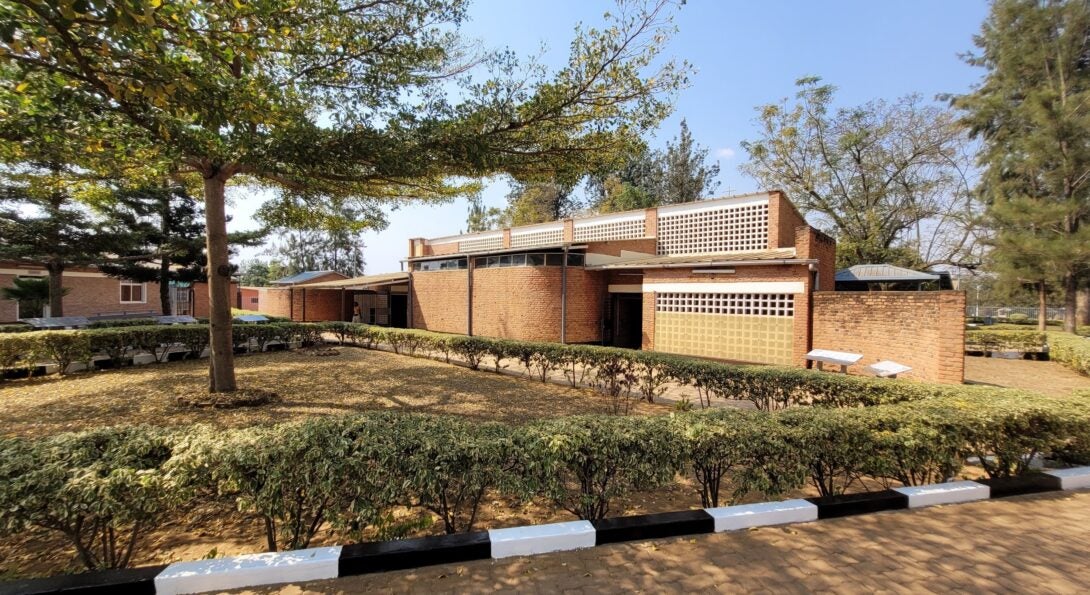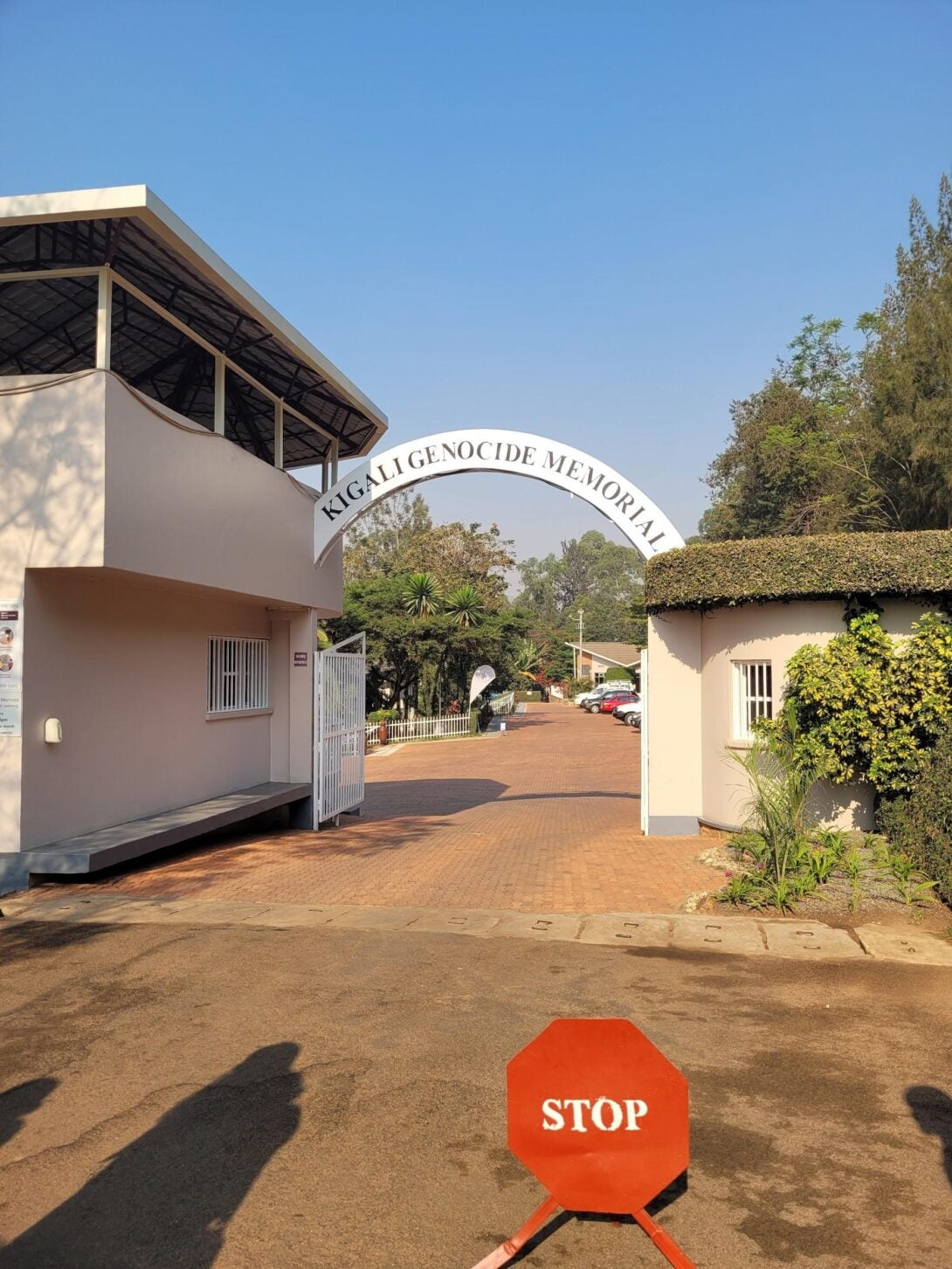A Harrowing Past

Week 3

Paolina Guerrier, MS Student
My entry today focuses on the trips that I have taken to the Kigali Genocide Memorial and Nyamata Genocide Memorial. A little personal background: I have always known about the Genocide in Rwanda since I was a young child. This atrocity happened when I was three years old, and the only thing I remembered was seeing former president Bill Clinton make a speech about a terrible event in Africa. As I got older, my father and teachers in the schools I attended taught me about the Genocide, and it became a part of my life that reminded me how atrocious human beings could treat each other. It’s because of learning about both this Genocide against the Tutsis and the Holocaust that I learned the nature of humanity and how we treat each other.
The Kigali Genocide Memorial contains a museum and mass graves with more than 200,000 victims buried there in peace. The only images I took were the entranceway and one monument (not pictured) because I do not believe in taking photographs of cemeteries and gravesites. It feels disrespectful to those who have been laid to rest, and I personally do not wish to disrupt that. The museum did not allow for photography, but I did learn so much about the history of Rwanda and colonialism; how it has contributed to the events that led up to the Genocide. Certain rooms contained memorabilia of people who passed, donated by loved ones who survived (and by those who happened to find those items – some families were completely wiped out, mom, dad, kids, grandparents, aunts, uncles, cousins… all gone). Another room was the Children’s Memorial, and I had great difficulty entering because I could not fathom the fact that children were victims – such young lives cut so tragically short. It honestly hurts seeing this.
The Nyamata Genocide Memorial is a church and was the previous site of a horrible attack. Parts of the entrance are still in the same state as the day they were torn apart by a grenade, blood stains are still on the brick, and bullet holes are all over the ceiling. Inside, along the walls were benches with piles of clothing that were on the bodies of the people murdered – and in the center of the church were coffins of many unidentified victims. There is a crypt below that church with many bones and skulls in a big case, and way on the bottom was a particular casket of a person who never decayed. The story behind that person’s death was a very tragic and gruesome one, so I will refrain from sharing any details.
As a whole, the experience was deep and heartbreaking. This was such a dark chapter in the history of humankind. Walking the ground it happened and speaking to survivors and former perpetrators was extremely eye-opening and deeply humbling. Honestly, a blog post cannot do any justice to how I feel about this experience, but I recommend anyone to go in person. It is life-changing.
Paolina Guerrier is currently a second-year student of the Graduate-Entry Nursing Program, with a previous Bachelor’s in Psychology from DePaul University. Future plans include either becoming a Family Nurse Practitioner or Midwife (possibly both) and expanding care to women and children globally.